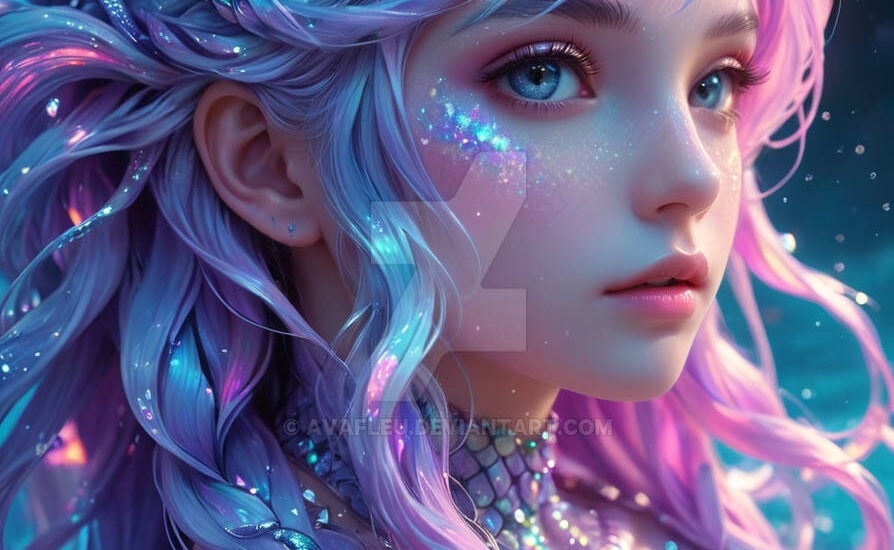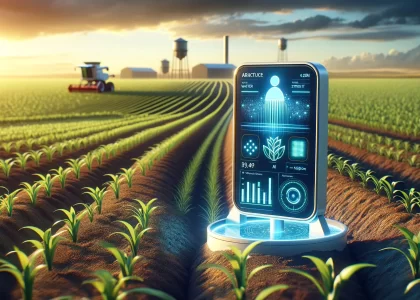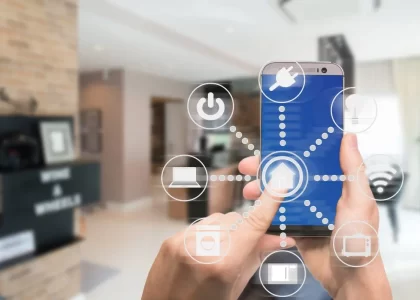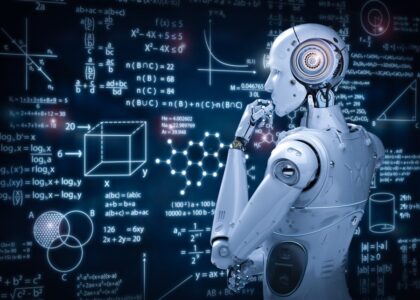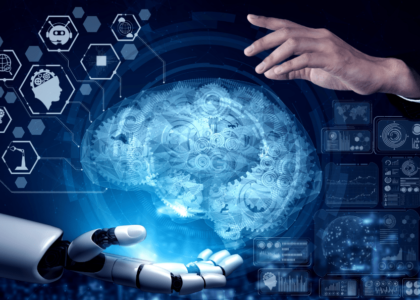Have you ever wondered what happens when technology and creativity collide? The answer lies in the fascinating world of generative models for digital art. These AI-driven models are transforming the art landscape, enabling us to explore new dimensions of creativity that were once unimaginable.
Why Generative Art?
Generative art is not just about code and algorithms; it’s about expanding the boundaries of artistic expression. With AI, artists can now create unique, complex pieces of art that evolve over time, pushing the limits of what traditional methods can achieve. It’s like having a collaborative partner who constantly surprises you with new ideas!
The Power of AI in Art
Generative models use deep learning techniques to analyze vast amounts of data and generate original artwork. From abstract compositions to realistic portraits, these models can mimic, innovate, and even inspire new art forms. The beauty of it all? Each piece is as unique as the code that created it.
Bridging the Gap
This intersection of technology and art is more than just a trend; it’s a movement that’s reshaping how we perceive creativity. For digital artists, this means an ever-expanding toolkit that blends the precision of algorithms with the boundless nature of human imagination.
The Future of Art is Here
As AI continues to evolve, so will its role in the creative process. Generative art is just the beginning—imagine a future where your next masterpiece is a collaboration between your vision and an AI’s endless creativity. The possibilities are as limitless as the digital canvas itself.
Let’s embrace this new era of art where technology and creativity dance together, creating works that are not just seen but experienced. How do you see the role of AI in the future of art? Share your thoughts!

